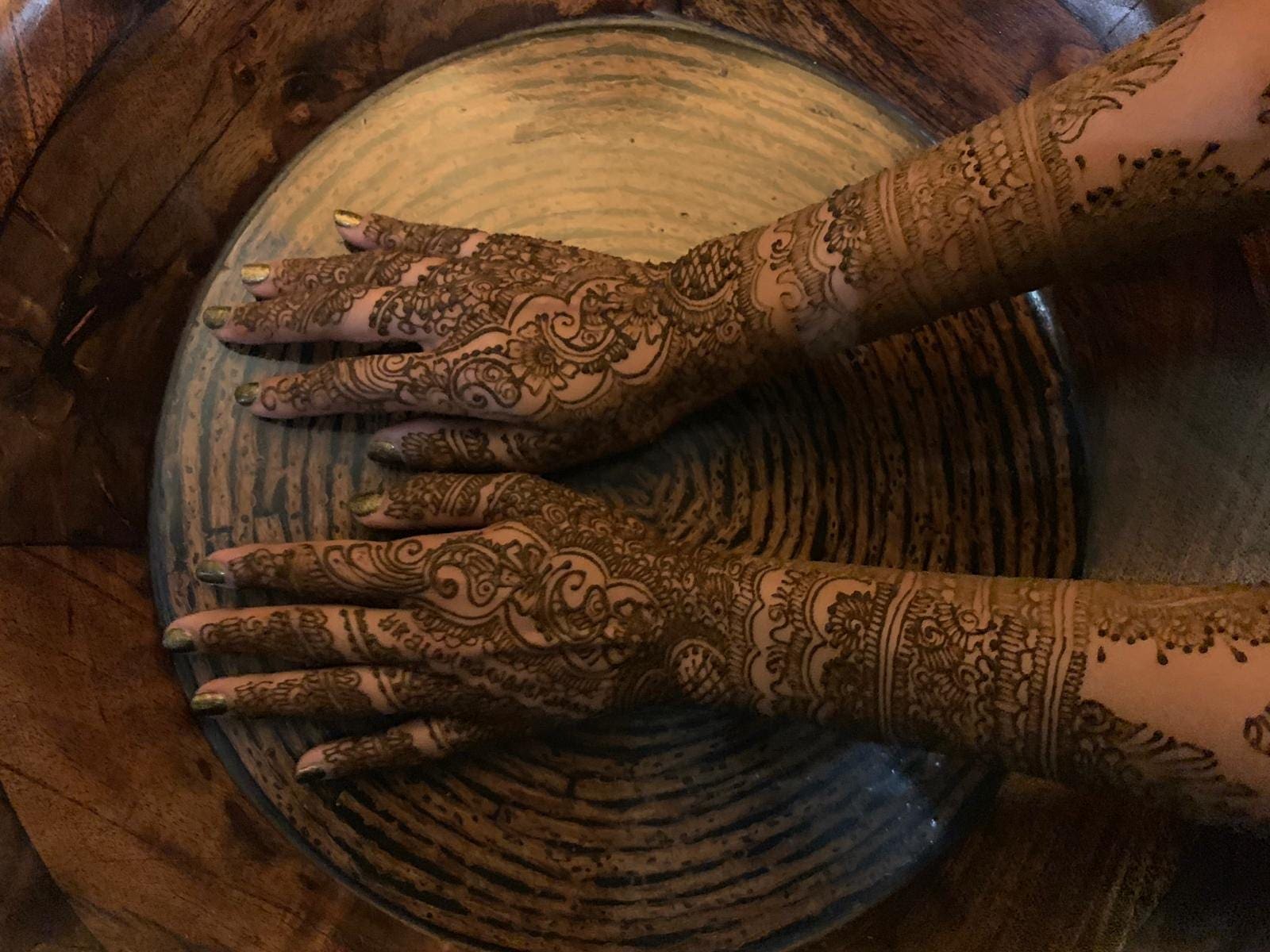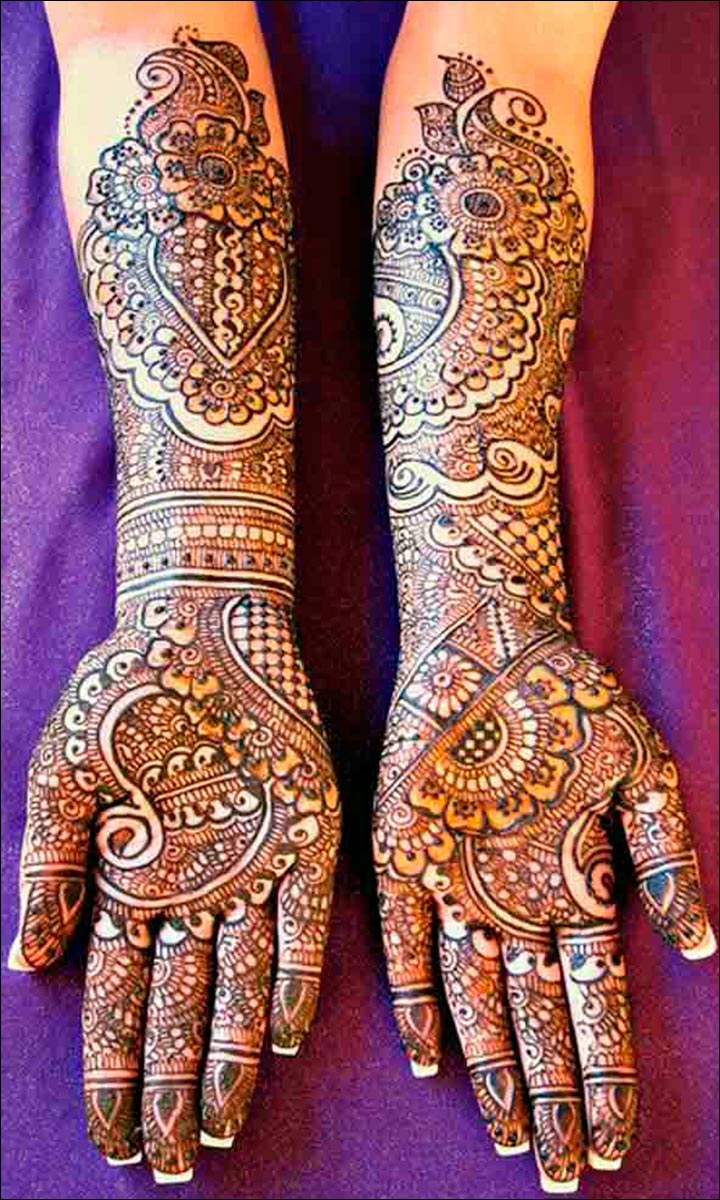Hey there, culture lovers! If you’ve ever been mesmerized by the intricate designs of henna mehandi, you’re in for a treat. Exploring the art and culture of henna mehandi is like diving into a treasure trove of history, tradition, and creativity. This ancient practice has stood the test of time, evolving into a global phenomenon that’s celebrated by millions. So, grab your favorite drink, and let’s dive into the fascinating world of henna mehandi!
Henna mehandi is more than just a temporary tattoo; it’s a cultural expression that tells stories of love, celebration, and identity. From weddings to festivals, henna has become an integral part of many cultures worldwide. But what makes it so special? Let’s break it down and uncover the magic behind this timeless art form.
This article will take you on a journey through the history, techniques, cultural significance, and modern interpretations of henna mehandi. Whether you’re a henna enthusiast or just curious about its origins, you’ll find something to love here. So, without further ado, let’s get started!
Read also:Lisa Fritzl The Resilient Survivor Of A Horrifying Ordeal
Table of Contents
- The Rich History of Henna Mehandi
- Cultural Significance Around the World
- Types of Henna and Their Uses
- Popular Henna Designs and Styles
- The Art of Henna Application
- Tips for Maintaining Your Henna Art
- Modern Influence on Henna Art
- Health Benefits of Henna
- Frequently Asked Questions About Henna Mehandi
- Conclusion: Why Henna Mehandi Is Here to Stay
The Rich History of Henna Mehandi
Henna mehandi has been around for thousands of years, with roots tracing back to ancient civilizations. It’s believed that henna originated in the Middle East and North Africa, where it was used for its cooling properties and natural dyeing abilities. Over time, it made its way to India, where it became an essential part of weddings and celebrations.
Historians suggest that henna was first used as early as 1500 BCE in Egypt, where it was applied to the nails and hair of pharaohs. In India, henna became synonymous with mehandi, a traditional art form that adorned brides during weddings. The intricate designs symbolized prosperity, good fortune, and the union of two souls.
How Henna Spread Across Cultures
As trade routes expanded, henna traveled across continents, adapting to local customs and traditions. In Morocco, henna was used during weddings and religious festivals, while in Pakistan and Bangladesh, it became a staple in bridal rituals. Each culture added its unique twist to henna, making it a versatile art form that resonates with people worldwide.
Nowadays, henna mehandi is celebrated globally, with artists pushing the boundaries of traditional designs to create modern masterpieces. Let’s explore how henna has evolved over the years and what makes it so culturally significant.
Cultural Significance Around the World
Henna mehandi holds deep cultural significance in various parts of the world. In India, for instance, mehandi is a crucial element of weddings, where the bride’s hands and feet are adorned with intricate designs. These designs often include symbols of love, fertility, and protection, making them more than just decorative art.
In the Middle East, henna is used during religious ceremonies like Eid and Ramadan. It’s also a popular choice for birthdays and special occasions. The designs are usually simpler and more geometric, reflecting the region’s artistic traditions.
Read also:Is Bob Lazar Still Alive The Truth Behind The Controversial Physicist
Symbolism in Henna Designs
Each henna design carries its own meaning and symbolism. For example, peacocks represent beauty and grace, while lotus flowers symbolize purity and enlightenment. Mandalas and paisleys are also common motifs, often used to convey spiritual significance.
Here’s a quick rundown of some popular symbols and their meanings:
- Peacock – Beauty, grace, and prosperity
- Lotus – Purity, enlightenment, and spiritual growth
- Mandala – Balance, harmony, and cosmic order
- Paisley – Fertility, life, and eternity
Understanding the symbolism behind henna designs can add depth to your appreciation of this art form. Whether you’re getting a henna tattoo for a special occasion or just for fun, knowing the meaning behind the design can make it even more special.
Types of Henna and Their Uses
Not all henna is created equal. There are different types of henna, each with its own unique properties and uses. The most common types include natural henna, black henna, and neutral henna. Let’s take a closer look at each one:
Natural Henna
Natural henna is derived from the Lawsonia inermis plant and is safe for use on the skin. It produces a reddish-brown stain and is widely used for traditional henna art. Natural henna is also known for its cooling properties, making it a popular choice during hot summers.
Black Henna
Black henna, on the other hand, is not derived from the Lawsonia plant and often contains harmful chemicals like PPD (para-phenylenediamine). While it may produce a darker stain, it’s not recommended for use on the skin due to potential allergic reactions and skin damage.
Neutral Henna
Neutral henna is a mix of natural henna and other ingredients, designed to condition the skin and hair without leaving a stain. It’s often used in hair treatments to promote healthy growth and shine.
When choosing henna, always opt for natural, organic products to ensure safety and quality. Reading reviews and checking for certifications can help you make an informed decision.
Popular Henna Designs and Styles
Henna designs come in a variety of styles, each with its own charm and appeal. From traditional Indian mehandi to modern fusion designs, there’s something for everyone. Here are some of the most popular styles:
Indian Mehandi
Indian mehandi is known for its intricate, detailed designs that cover the entire hand and feet. These designs often include floral patterns, paisleys, and mandalas, creating a stunning visual effect. Indian mehandi is a must-have for brides and is often done by skilled artists who specialize in this style.
Moroccan Henna
Moroccan henna designs are more geometric and abstract, featuring bold lines and shapes. These designs are perfect for those who prefer a minimalist look or want something different from traditional Indian mehandi.
Arabic Henna
Arabic henna is characterized by large, flowing patterns that cover the hands and arms. These designs are less intricate than Indian mehandi but equally beautiful. Arabic henna is a popular choice for special occasions and events.
With so many styles to choose from, you’re sure to find a design that suits your taste and personality. Whether you prefer traditional or modern, henna art offers endless possibilities for self-expression.
The Art of Henna Application
Applying henna is both an art and a science. It requires skill, patience, and attention to detail to create beautiful, long-lasting designs. Here’s a step-by-step guide to applying henna like a pro:
Step 1: Prepare the Skin
Before applying henna, make sure the skin is clean and free of oils or lotions. Exfoliating the area can help the henna stain better and last longer.
Step 2: Apply the Henna Paste
Using a cone or applicator, carefully apply the henna paste to the skin. Start with the outline of the design and then fill in the details. Work slowly and steadily to avoid mistakes.
Step 3: Let It Dry
Allow the henna to dry completely, which usually takes about 20-30 minutes. You can use a hairdryer on a low setting to speed up the process.
Step 4: Seal the Design
Once the henna is dry, seal the design with lemon-sugar paste or a natural sealant. This helps intensify the stain and ensures it lasts longer.
Following these steps can help you achieve a beautiful, long-lasting henna design. Remember, practice makes perfect, so don’t be afraid to experiment and try new designs.
Tips for Maintaining Your Henna Art
Once you’ve gotten your henna tattoo, it’s important to take good care of it to ensure it lasts as long as possible. Here are some tips to help you maintain your henna art:
- Avoid washing the area for at least 6-8 hours after application.
- Use natural oils like coconut or olive oil to moisturize the skin and enhance the stain.
- Stay away from harsh soaps and chemicals that can fade the design.
- Keep the area dry and avoid swimming or excessive sweating for the first few days.
By following these tips, you can enjoy your henna art for up to two weeks or more. Remember, proper care is key to maintaining the vibrancy and longevity of your design.
Modern Influence on Henna Art
In recent years, henna art has undergone a modern transformation, with artists incorporating contemporary elements into traditional designs. From abstract patterns to geometric shapes, modern henna art pushes the boundaries of creativity and innovation.
Social media platforms like Instagram and Pinterest have played a significant role in popularizing modern henna designs. Artists from around the world share their work, inspiring others to try new styles and techniques. This global exchange of ideas has led to a fusion of cultures and traditions, creating a unique blend of old and new.
Going Beyond Traditional Borders
Today, henna art is not limited to weddings and celebrations. It’s become a form of self-expression, with people using it to convey messages, tell stories, and showcase their creativity. From body art to fashion, henna has found its place in modern culture, proving that it’s more relevant than ever.
Health Benefits of Henna
Beyond its aesthetic appeal, henna offers several health benefits. The natural properties of henna make it a safe and effective way to cool the body, soothe skin irritations, and promote relaxation. Here are some of the health benefits of henna:
- Cools the body and reduces fever.
- Relieves headaches and migraines.
- Soothes burns and skin irritations.
- Promotes healthy hair growth and reduces dandruff.
While henna is generally safe, it’s important to use natural, organic products and avoid black henna, which can cause adverse reactions. Always do a patch test before applying henna to a large area to ensure you’re not allergic.
Frequently Asked Questions About Henna Mehandi
Here are some common questions people have about henna mehandi:
How Long Does Henna Last?
Henna typically lasts 1-3 weeks, depending on the quality of the paste, the area of application, and how well you take care of it.
Is Henna Safe for Everyone?
Natural henna is generally safe for most people, but black henna can cause allergic reactions and skin damage. Always opt for organic, natural products.
Can I Use Henna on My Hair?
Yes! Henna is a popular natural hair dye that conditions and strengthens hair while providing vibrant color.
Conclusion: Why Henna Mehandi Is Here to Stay
Exploring the art and culture of henna mehandi is like stepping into a world of beauty, tradition, and creativity. From its rich history to its modern interpretations, henna continues to captivate and inspire people worldwide. Whether you’re a bride-to-be, a henna enthusiast, or just someone looking to express yourself, there’s something magical about this ancient art form.
So, why not give henna a try? Whether you go for a traditional Indian mehandi or a modern fusion design, you’re sure to


